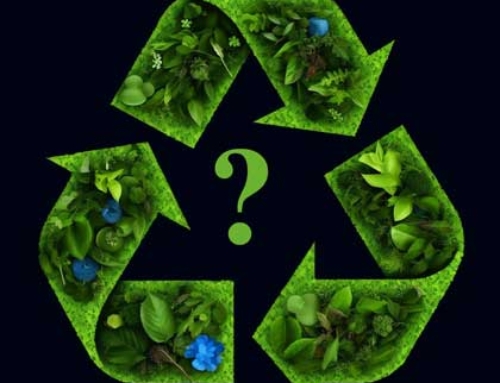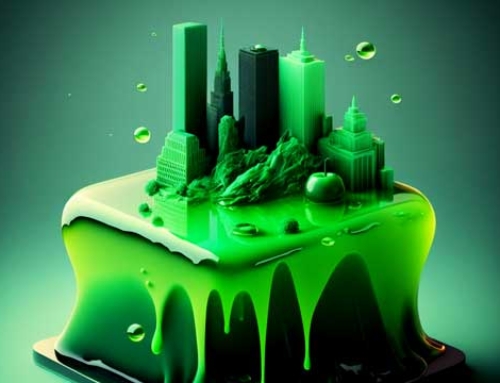This Valentine’s Day, you may have planned to buy a diamond… and your jeweler may well have offered you a choice of synthetic diamonds.
It’s been the symbol of eternal love since diamond dealer De Beers’ clever 1947 slogan, “A diamond is forever“. And when you love, you don’t have to count…
But it turns out that today the natural diamond “solitaire” is no longer “alone” in its market. Since its development in 1954 by the American chemist Tracy Hall, synthetic diamonds have become a serious competitor. So attractive, in fact, that in 2018, even De Beers itself has succumbed. After years of disdain for these artificial stones that it reserved for industrial purposes… it began to offer them in jewelry!
Two twin brothers
Chemically, like natural diamonds, synthetic diamonds are formed by the crystallization of carbon under extreme heat and pressure. Only the origin and location of this phenomenon differ.
A natural diamond was born 2.5 billion years ago, in the bowels of the Earth. Its rival, obtained in a laboratory in a few weeks, is the sheer product of the human touch.
Semantically, a battle of terminology has begun and two storytellings clash today. The natural diamond commands respect by relying on values of infinity and rarity; the synthetic diamond offers an alternative narrative, which summons a form of green alchemy. To praise “the magic of combining science and nature“, as some brands do, seems judicious. Bolstered by ecological and ethical values, this narrative comforts buyers who feel guilty about buying a natural diamond.
A duel with current stakes
Economically, it must be said that the stakes are high… In 2020, a quantitative study estimated that 42% of French people said they would like to buy a diamond “at least once in their life“. This proportion even climbs to 65% among 25-34 year olds.
The new issues on responsible consumption are one of the major factors in the development of the diamond industry.
Synthetic diamonds dodge criticism
The success of synthetic diamonds is built in counterpoint to the persistent drifts of natural diamonds.
First of all, it does not seem to be reserved for an elite, with prices 30 to 40% lower. A marketing manager of one of the most renowned high jewelry houses says about this:
“It’s normal, this sector benefits from a reduction in the number of intermediaries, and an ease of production in laboratories. The current competition between laboratories even puts a downward pressure on prices.”
Secondly, synthetic diamonds do not come from open-pit mines, which can generate real ecological disgraces. To find a few carats of natural diamonds, sometimes millions of tons of ore must be extracted from fragile areas, which can considerably deteriorate natural ecosystems. Soils, bays and riverbanks that have been excavated can remain disturbed for decades before the fauna and flora regain their balance.
Too young to be guilty
Unlike its big brother, the synthetic diamond is not tainted by the failures of the Kimberley Process (an international negotiation forum bringing together representatives of states, industry and civil society) set up some twenty years ago to regulate the traceability of the diamond industry. The KP was disavowed in 2011 by the non-governmental organization (NGO) Global Witness, which was at the origin of the KP, and is now in the sights of humanitarian organizations such as Amnesty International.
The Unita movement in Angola, the two wars in the Congo, and the mafia spiral in Liberia and Sierra Leone have indeed tarnished the historic pipeline. The invasion of Ukraine by Russia, the world’s largest miner of natural diamonds, is now reigniting this criticism.
As a result, synthetic diamonds do not suffer from a bad image in public opinion, whereas that of natural diamonds is fissured.
Admittedly, exactly half a century ago, Hollywood served as a showcase for natural diamonds: in 1953, Marilyn Monroe sang “Diamonds are a girl’s best friend“. But times have changed. In 2006, the film Blood Diamonds revealed the horror of working conditions in diamond mines. Very marked by his role, Leonardo Di Caprio is now a virulent spokesman against natural diamonds. Since 2014, he has even been a shareholder in Diamond Foundry, a major producer of synthetic diamonds in the United States.
So, faced with the risk of public disenchantment, the natural sector intends to show that once observed with a magnifying glass, the synthetic diamond does not offer only shining facets either.
Natural diamonds strike back
At the global level, the Natural Diamond Council is using its slogan to display its ambitions to win back the diamond industry: “Only natural diamonds“. It’s campaigns aim to put the spotlight on the hidden face of synthetic diamonds.
This group points out that synthetic diamonds are produced using very energy-intensive techniques. One of the techniques, known as HPHT (High Pressure, High Temperature), requires a pressure equivalent to 58,000 times that observed on average at sea level and heating to more than 1,400°C for several weeks. Thus, the estimated CO2 emissions associated with energy consumption in synthetic production would be nearly three times higher than that of natural diamonds.
Critics of synthetic diamonds also point out that their production, which is recent, is not well regulated. Most of the production centers are located in China and India, making it impossible to monitor what is done there, both from an ecological and ethical point of view.
Moreover, its quality is restricted in size and color. The largest synthetic diamond weighs just 9 carats, while the largest rough diamond extracted from a mine in Botswana in 2021, weighs 1174 carats. Natural diamonds also offer a much wider range of hues.
Valued according to the 4Cs instituted by De Beers, namely, cut, color, clarity and carat, synthetic diamonds have yet to catch up.
Finally, the natural diamond’s competitor is only scientists in laboratories and skilled labor in factories, while mining can boast of employing over 77,000 poor people, mainly in Australia, Botswana, Canada, Lesotho, Namibia, Russia, South Africa and Tanzania. Eradicating a real positive economic ecosystem in particularly poor countries remains a difficult discourse for the synthetic diamond industry.
Conclusion
Today, natural diamonds are still resisting the competition… it’s a robust resource! A study by the National Jeweler estimates that the volume market share of synthetic diamonds remains below 10%. It has increased fivefold in five years, exceeding $6 billion… But synthetic diamonds are now also at the heart of a controversy and may well falter.
In conclusion, even if the natural diamond industry is aware of progress to be made, it is struggling to find a perfect strategy. It is not easy to seduce the new generations of lovebirds with two sectors that might not be ethical- nor ecological enough, and spend lots of energy to tarnish each other’s image… thus, at the risk of discrediting each other.







